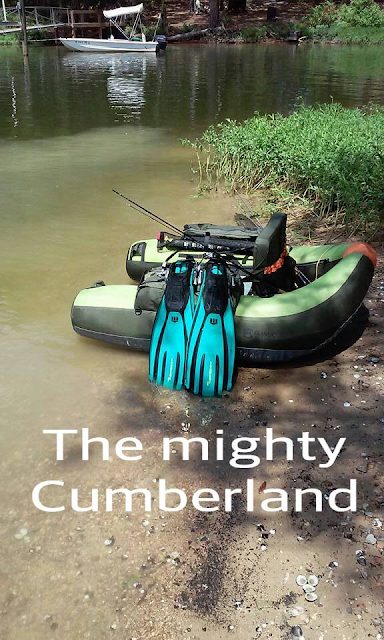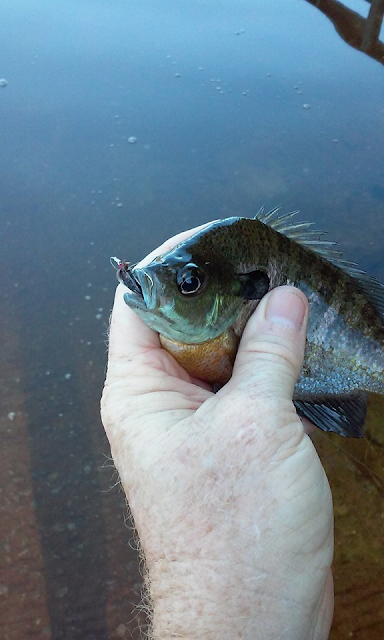EARLY SEASON TROUT AND THE PHANTOM WOOLY WORM
Unlike men, who are inclined to go out too early in the year and freeze their butts off, trout know how to find comfort in the high, cold water of the early season:
- They stick close to the bottom, away from the heavy current.
- They congregate in backwater eddies where they don't have to exert themselves.
- Trout aren't inclined to move much out of their way to take a fly in opening day water.
To be successful, the fisherman needs to know where the preferred eddies are, they must use a fly that is visible to trout in murky water, and they should fish it slow and deep.
Building a little weight into the fly helps it sink properly, and permits easier casting than weighting the leader above the fly.
A sinking line may help, but only where enough line can be extended to pull the fly deep. However, on small streams, where little more than the leader is cast, the sinking line has a minimal effect on the fly's depth.
One of our early season favorites is a wet fly we call, “The Phantom Wooly Worm,” a variation of the popular western pattern.
The fly utilizes a palmered badger hackle, the black center of which blends with the black chenille or wool body, making the white tips of the hackle fibers appear to be detached from the fly.
This creates a “ghost-like'' halo effect in the water, inspiring the fly's name.
The fly shows up well in off-color water and the trout are fond of it.
The Phantom Wooly is a fly even beginners can tie easily. Try a few for your fly box.
TIPS -
- 3 or 4 peacock sword fibers for the tail, with a tiny false tail of red wool tied over the top as a tag.
- A piece of lead wire is tied lengthwise along the shank
- Prior to tying in, stroke the badger hackle fibers backward on the feather shaft, so they stand 90 degrees from the stem.
In the foto, you can see the result!
- Hook sizes #6-14
- Note in the foto caption, Mr. Lively also recommends this fly as one the BASS love
CHAUNCY K. LIVELY, APRIL 1965 PA Angler
Updated Jan 2020
























